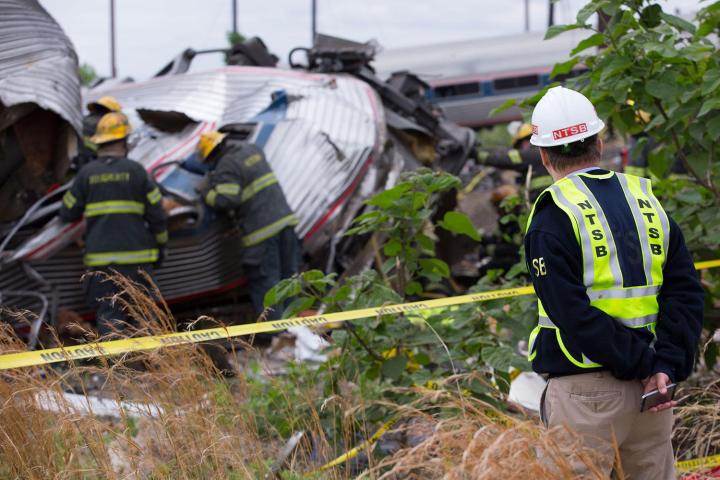
“Inward-facing video cameras will help improve safety and serve as a valuable investigative tool,” Amtrak president and CEO Joe Boardman said in a release this week. “We have tested these cameras and will begin installation as an additional measure to enhance safety.”
The new cameras will monitor engineers actions and be installed by the end of this year in long-distance trains running between Washington, New York, and Boston. The technology is likely to be rolled out to its entire locomotive fleet over time.
The train company currently has outward-facing cameras on its locomotives, which work alongside additional black-box technology that records locomotive and engineer behavior. However, with National Transportation Safety Board (NTSB) investigators reportedly frustrated by a lack of clear data regarding the crash, Amtrak clearly feels inward-facing cameras could prove beneficial in the event of a future accident.
The engineer of the Philadelphia train, Brandon Bostian, told investigators he recalls little of what happened in the moments leading up to the crash, which occurred just a few minutes after the train departed the city on its way to New York on May 12. What is currently known is that the locomotive sped up to 106 mph as it entered a bend for which the speed limit is only 50 mph.
CNN said that mobile phone records obtained by the NTSB indicate Bostian had been making calls and sending texts on the day of the accident, however, investigators are still trying to determine whether he was using the phone while operating the train. The NTSB is also looking at whether a technical fault with the train may have caused the incident.
Other technology designed to prevent speeding and collisions includes Positive Train Control, though at the current time it’s not widely used.


